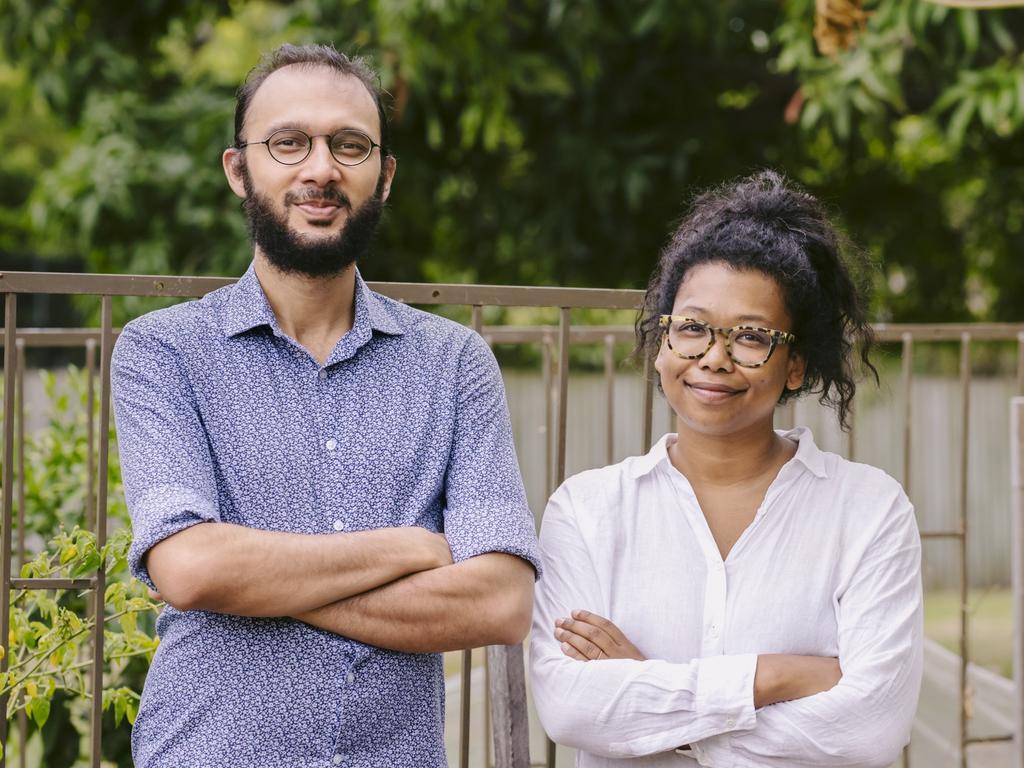Polling: Greens could win five wards, secure Brisbane Opposition
Could the Greens overtake Labor and become Brisbane City Council’s official Opposition? The progressive minor party thinks so, and reckons it has the polling to back it up.

Internal grassroots polling by the Greens shows the progressive minor party is within striking distance of leapfrogging Labor and becoming the official opposition in Brisbane City Council after next weekend’s local government election.
The research – which uses the grassroots doorknocking data collection method pioneered by now-federal Greens MP Max Chandler-Mather – predicts the Greens will hold the Gabba ward, win Paddington and the Walter Taylor ward from the Liberal National Party, and are close to taking Coorparoo, Central and Enoggera from the LNP as well.
In Paddington and Walter Taylor, the polling predicts the Greens will secure a primary vote of 43.4 per cent and 41.8 per cent respectively, a swing of 5 per cent and nearly 7 per cent from the result at the last election in 2020.
In the 26-ward council, the LNP currently holds 19 divisions and the mayoralty, Labor has five – its lowest level since Tim Quinn was ALP Lord-Mayor in 2004 – and the Greens have one.
Becoming the council opposition would be a herculean feat, but in 2020 the Greens came second ahead of Labor in four LNP-won wards: Central, Coorparoo, Paddington and Walter Taylor. Greens mayoral candidate Jonathan Sriranganathan, who won the Gabba ward for the Greens in 2016, said he wouldn’t be surprised if the Greens eclipsed Labor at next weekend’s poll.

“Policy-wise, Labor and the LNP have been moving closer and closer for years, letting private developers run the city and drive up house prices and rent,” Mr Sriranganathan said. “Unfortunately for Brisbane, Labor hasn’t been an effective opposition for at least a decade, and hasn’t gained a seat on council in two decades, so it wouldn’t be surprising if the Greens overtake them.
“The major parties have a lot more money and campaign support than us, so we’re undeniably still the underdog, but if we do manage to overtake Labor’s citywide primary vote we’re also in with a real shot at winning the mayoralty off the LNP.”
But Labor and Liberal sources both say Mr Sriranganathan is a drag on the Greens’ vote and the party’s volunteers are being warned not to put out yard signs or A-frames with his face on it, because he was “on the nose”.
Both major parties are also deeply sceptical of the results and methodology of the Greens’ polling, with one Labor strategist describing it as “vibes-based”.

The Labor strategist said that the ALP was hopeful of picking up two extra seats – the LNP-held Calamvale and Northgate – which would stymie the Greens’ chances of stepping into opposition, even if the minor party won five extra wards. An LNP source acknowledged the Brisbane race would be “unpredictable and close” particularly after the Covid-prompted swing towards the LNP incumbents in 2020. “It’s a three-ring circus this time,” the source said.
The polling methodology was developed by Mr Chandler-Mather when he was running Mr Sriranganathan’s campaign, and has been used to accurately predict his own win in the federal electorate of Griffith at the 2022 federal election, as well as Greens state parliament wins in South Brisbane in 2020 and Maiwar in 2017.
In several wards, the LNP is distributing anti-Greens flyers. In contests where Labor is the LNP’s main competition, the flyers warn voters not to “risk a Greens/Labor coalition of chaos in Brisbane”.
But in wards where the Greens are the primary threat, the LNP material focuses on Mr Sriranganathan’s “radical positions”, including endorsing shoplifting as ethically justifiable for hungry people, being involved in protests that disrupted traffic, and calling for the reduction in police numbers and the defunding of the police.
Senior Labor sources said the negative campaign run by the LNP – against both Labor and the Greens – showed the LNP was nervous about its prospects, despite its stronghold in Brisbane City Council.






